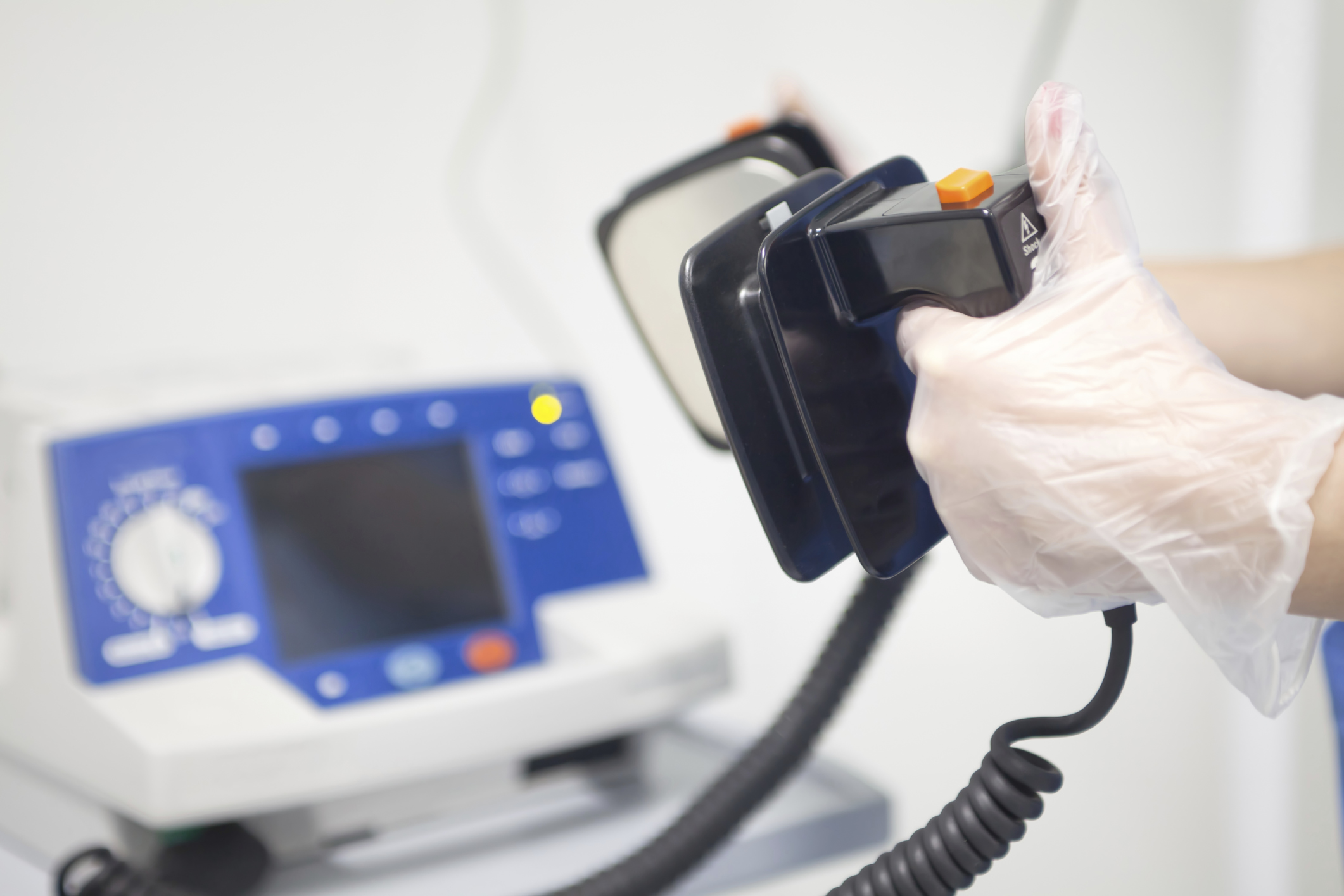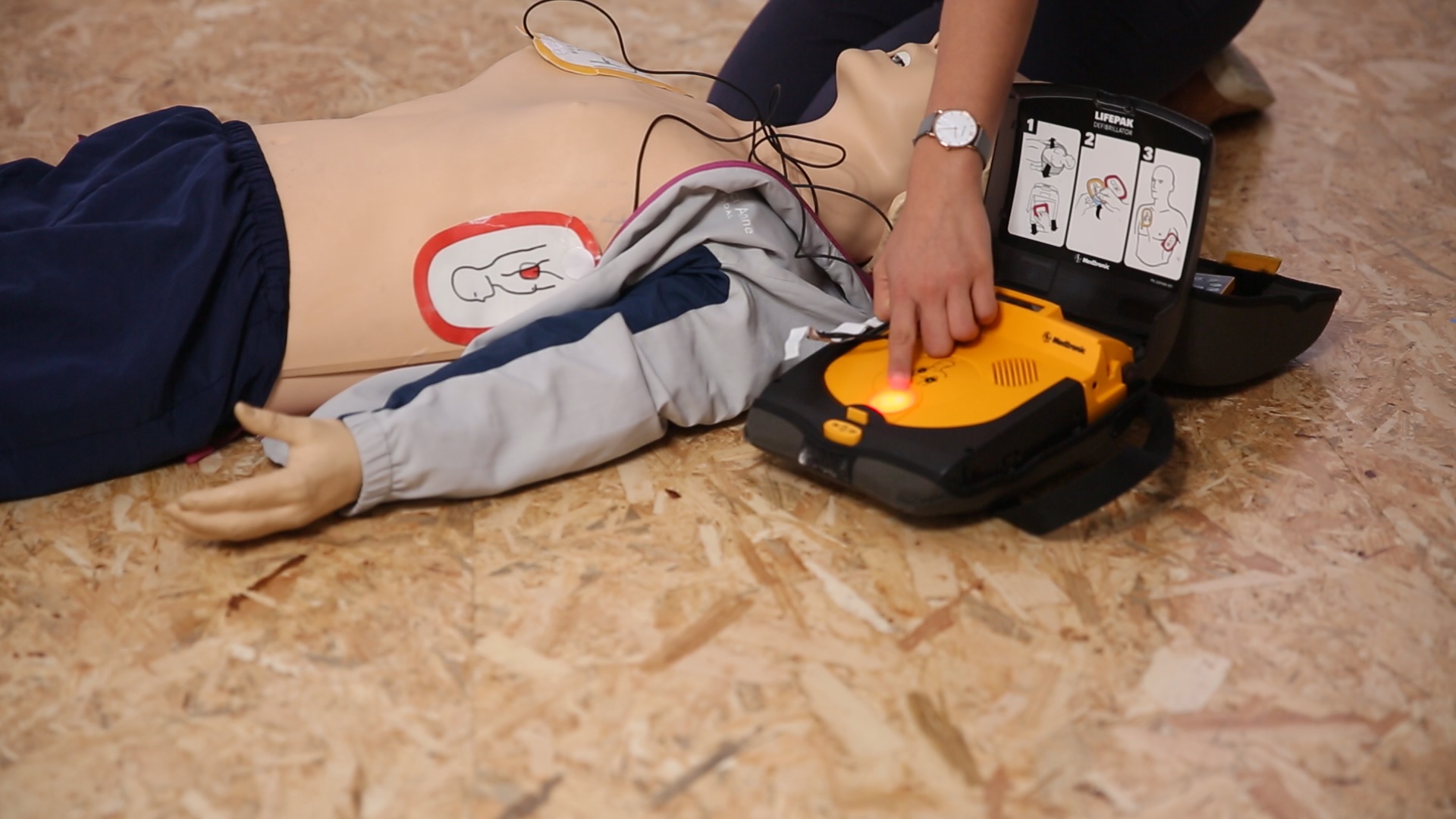When buying a defibrillator for the very first time, it can be pretty nerve-wracking what with so many different models and features to choose from. This guide seeks to simplify it and give you all the information you need in order to empower you with some informed decision making. Realizing with the help of which defibrillators it is effectively possible to save life in the most severe moments, when every second counts.
What is a Defibrillator? A defibrillator is a device that sends an electric pulse or shock to the heart to try and restore a regular heartbeat. It is important to remember that an arrhythmia can be a slow heartbeat or fast too and this treatment distorts it in most cases. Defibrillators are also able to restart a heart that has ceased during emergencies.
Types of Defibrillators
Manual Defibrillator: Manual defibrillators need a skilled operator to
record the patient's heart rhythm and recommend voltage and timing for the
shock. This equipment is usually reserved for hospital and ambulance use by a
person who is qualified to work with such devices.
Automated External
Defibrillators (AEDs): Automated
external defibrillators (AEDs) are indicated for. Automatic external
defibrillator (AED) designed and can analyze the heart's rhythm and as needed
give an electric shock without any action from a bystander. You will find this
kind of defibrillator in public spaces like, airports, schools and shopping
centers.
Wearable Cardioverter
Defibrillators (WCDs): Wearable
cardioverter defibrillators are worn by patients at risk of sudden cardiac
arrest. These devices continuously monitor the heart's rhythm and automatically
deliver a shock if a life-threatening rhythm is detected. They are used as a
temporary measure, usually until a more permanent solution like an implantable
cardioverter defibrillator can be arranged.
Implantable Cardioverter
Defibrillators (ICDs): ICDs are
surgically placed in the chest of a patient and constantly monitor for abnormal
heart rhythms. Continuous monitoring and can deliver shock when needed-relaxes.
They are indicated in patients with high risk of sudden cardiac arrest due to
serious heart disease.
Common Misconceptions and Myths
AEDs are Difficult to Use for
the Layperson: AEDs were specifically
designed with simplicity in mind—visually seeing and hearing prompts that guide
an untrained person through each step to deliver an effective, life-saving
shock.
A Defibrillator Can Reignite
the Flames of Any Dying Heart: Quite
effective for one type of cardiac arrhythmias, but not be able to restart a
completely stopped heart. They are best at transitioning vf into pulses (or v
tach if you're one of those old-school guys).
A Defibrillator Can Electrocute
You: While defibrillators are safe, the idea that
they can electrocute both patients and providers makes them content obviously
worth debunking. This prevents the user or anyone else from getting an
accidental shock if they are touching the patient at all when delivering a
shock.
Importance of Training and
Accessibility: While AEDs are meant to be
simple and used by the general public, provided that adequate training ensures
an individual is comfortable using it, this can have a huge impact on the
overall confidence in deploying the device. While many institutions provide
those classes as certification courses (which is a wonderful idea in my
opinion), you would at least want to familiarize yourself with the most
important parts of CPR and AED technique.
Placement of AEDs: To be close at hand for a layman experiencing
sudden cardiac arrest, availability of an AED for those first few critical
minutes can mean the difference between life and death. AEDs should be located
in places like schools, gyms, office buildings, and modes of transportation.
Conclusion
Selecting the correct defibrillator can be a life-saving choice. Selecting the Best Defibrillator: Understanding Types & Key Features Confirm that the device is user-friendly, mobile, and rugged appropriately for a given purpose. As a final point, make sure you are in possession of a defibrillator and that either yourself or someone around you knows how to use it — if ever the worst does happen, your knowledge could save a life.



Comments
Post a Comment